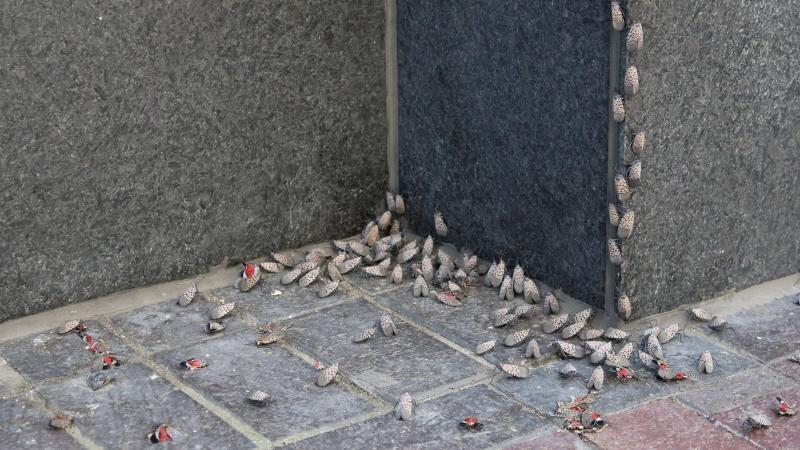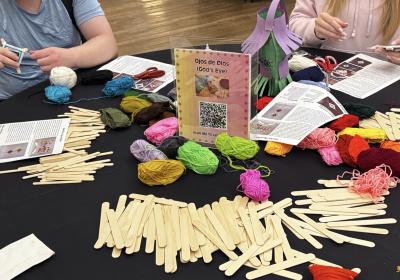
What you need to know about Lycorma delicatula: the spotted lanternfly
At the beginning of the semester, CSU’s campus was covered in large polka-dotted bugs with a vibrant orange highlight. This invasive species, known as lycorma delicatula (the spotted lanternfly), has now spread to 13 U.S. states. The spotted lanternfly threatens agriculture and insect species that compete for the same foods.
The spotted lanternfly is indigenous to parts of southeast Asia. It spread invasively from there to Japan and South Korea in the early 2000s. Then, in 2014, the spotted lanternfly was first reported in the U.S., in Pennsylvania.
Experts believe the insect's eggs arrived on an overseas shipment of stones in 2012. But it was only two years later that an infestation was officially reported, after it was found in Berks County, Pennsylvania.
The lanterfly lays its eggs in late fall. The eggs hatch in spring and adult lanternflies mate in the late summer, ensuring continuation of the species. Most flies die in early fall, which is why they were only rampant on campus for a few weeks.
Their lifespan is about one year and during that time, the invasive insect is known to feed on over 70 different plant species. They are hurting the plants by feeding on sap and releasing a honeydew excretion that attracts bees and wasps and causes the growth of sooty mold.
Due to its threat to agriculture and native insect species, parts of the U.S. are undergoing massive pest control efforts to cull the spotted lanternfly's population. However, this process indirectly harms other species.
The spotted lanternfly faces few natural enemies in the U.S. So, agricultural organizations encourage citizens to spot, stomp, and report the spotted lanternflies to track the spread. You can also take pictures of the flies and describe where they’ve been seen to report them to the Ohio Department of Agriculture.




















